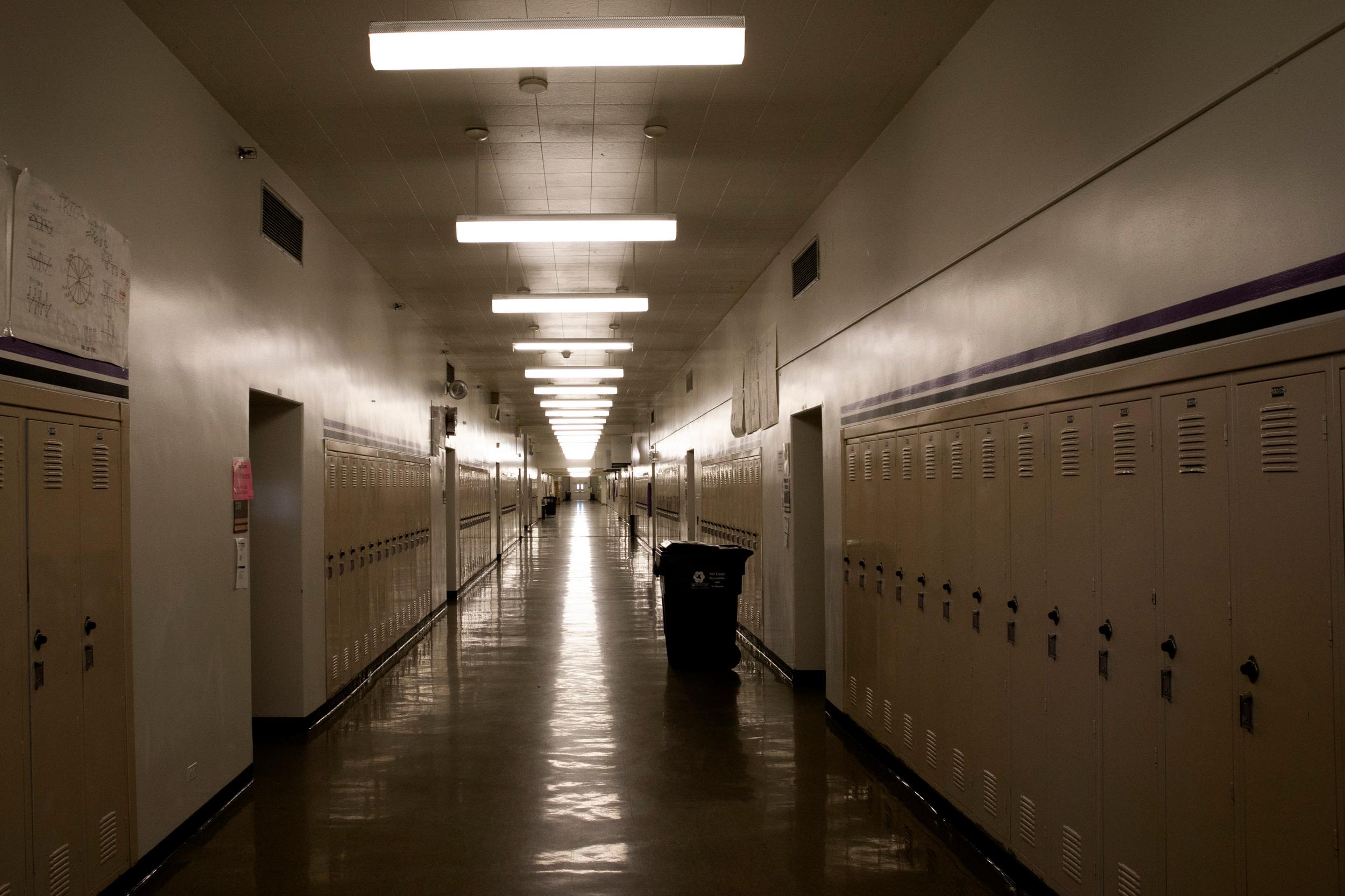
Colorado’s lawmakers may lean on the state’s larger and wealthier counties to bear the brunt as they cut hundreds of millions of dollars from the state’s K-12 education budget.
The Joint Budget Committee has been debating the schools' budget for weeks. At the end of another long discussion on Tuesday, they still needed to find another $200 million to cut.
The powerful committee has talked about drastic options, including eliminating the state’s new full-day kindergarten program. But the latest conversation has focused on the formula that distributes money to school districts.
Budget writers are considering two big ways to change it. The options are so dramatic that Craig Harper, the JBC’s chief legislative analyst, said that he was “breaking the glass” to bring them to the committee.
The first idea is to cut the “cost-of-living” factor that increases funding for certain school districts in more expensive parts of Colorado.
Currently, the state pays out about $851 million in cost-of-living adjustments to districts around the state. It’s the single largest cost factor that the state adds to the “base” money that is paid for each student, even larger than the money that goes to helping small districts and those with a lot of at-risk students.
JBC staff, and some lawmakers, have argued that the cost-of-living math benefits wealthy areas. Aspen receives the highest cost-of-living factor, followed by several mountain resort communities and Denver.
A 10 percent reduction in the cost-of-living formula would save the state about $136 million. And those wealthier and larger counties may be better prepared for the cut: Their voters have been more likely to approve additional local property taxes to support schools, according to Harper.
The second major idea under consideration at the JBC is to tap into those extra local taxes, known as “mill levy overrides,” to pay the core program costs that are normally covered by the state’s central funding formula.
Essentially, the state would reduce funding to districts that are collecting extra “override” money from their residents. Harper argued that this idea focuses the cuts on districts that are better able to handle them since they have higher property values and voters who are willing to be taxed.
The move could upset the affected districts, where voters often approved the taxes for specific purposes.
“This has been a topic of conversation at multiple junctures in the last several years, and there’s a clear tension between local control and equity … There is a tension between those local voter approvals and the state incorporating those funds into (core programming),” Harper said.
In one scenario, the proposal would shift about $320 million in costs from the state to the districts.
The change would be especially punitive for districts like Denver, where voters have agreed to increase their school tax bills by 11 mills, or about 40 percent over the base property tax rate for their district. A portion of those taxes could be converted from their original purposes — such as enhanced arts and physical education — to more basic needs.
But the effect will be to have higher tax communities essentially subsidize lower tax areas, including certain wealthy districts whose voters haven’t approved overrides.
“It sort of punishes the willing,” said Republican Sen. Bob Rankin, though he agreed that there are “massive inequities” between districts.
Rankin asked whether the state could simply reduce funding to the districts with the highest property values — those who are best positioned to raise taxes, whether or not they have actually done so.
“I think you need a systemic overhaul of K-12 funding in Colorado,” Harper responded. Lawmakers have long discussed the idea of “equalizing” the state’s mill levies. If each district paid the same rate, the state could shift more state resources to the poorer districts.
So far, JBC members haven’t committed to any path for K-12 education, but they could take action Wednesday. Any changes they recommend would have to be approved by the full legislature after it reconvenes next week.
The tax-rearranging proposals already have some support. The Colorado Children’s Campaign will soon publish a letter that calls for similar money-saving measures.
“I think it’s the right discussion to have,” said Leslie Colwell, the group’s vice president of K-12 education initiatives. “If we’re going to make necessary cuts, what is the most equitable way to do that?”









